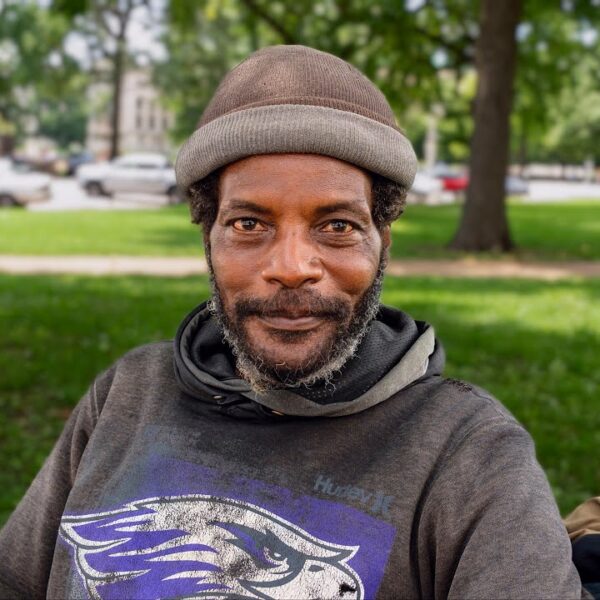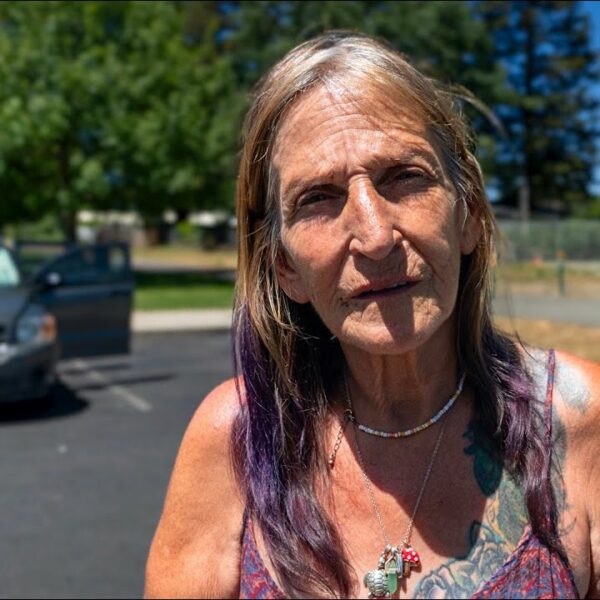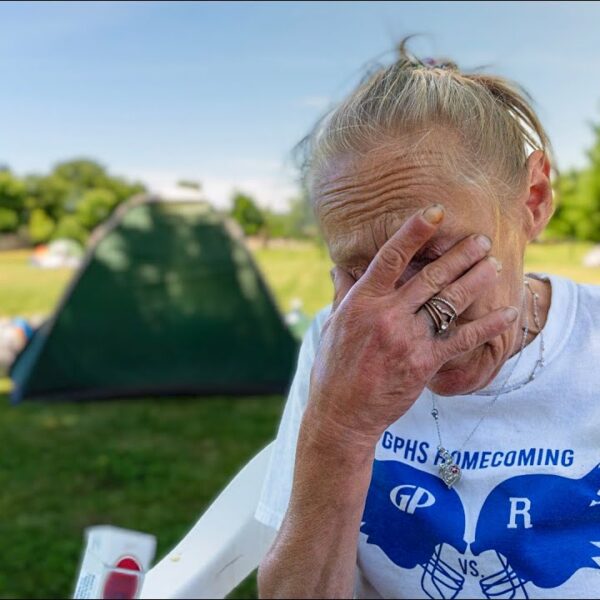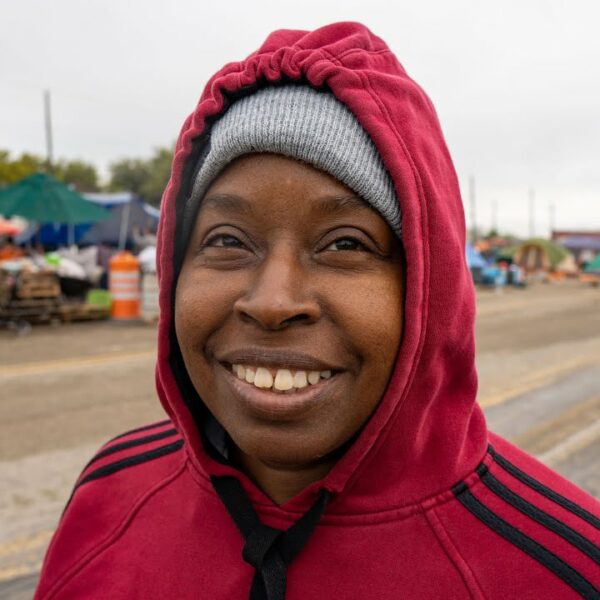From Robert Moses’s Bridges to Today’s Hostile Benches, Exclusion Has Always Been Built into Our Cities
“In the early to mid-20th-century US, there was an architect and city planner called Robert Moses. He designed a section of the Southern State Parkway in Long Island. And he did it with deliberately low-hanging bridges. The reason he did that was to stop buses from being able to go through. So, people in cars could access the beaches and the nice areas in Long Island, but people riding on the buses could not. As you might have guessed, the people on the buses were low-income earners, and they were predominantly black people as well.”
—Dr. Owen Clayton describes the hostile architecture of America’s past
Anti-Homeless Architecture is Hostile Architecture in Modern Form
Picture the following scenario:
You have become homeless due to unexpected circumstances. You are navigating the same city you’ve always lived in. Somehow, it feels like another world, a menacing environment where you are unwelcome pretty much everywhere you go.
You’ve probably never noticed it before, but now you see the pointed spikes poking out over the grates in the sidewalk and know they are there to discourage you from sitting. Now, you notice the bars between the seats on the subway benches and realize they are there to prevent you from lying down. You now see the strategically placed planters and sprinkler systems, the spikes, bars, and metal fixtures, all designed to remind you that you have been relegated to the margins of society, simply because you are homeless.
Hostile Architecture Is Used to Segregate People by Race and Class
It holds the same purpose to this very day.
Dr. Owen Clayton has dedicated his academic research to the study of poverty and homelessness. He explains that cities have long been built to separate the poor from the rich and to segregate people by race.
“We see examples of this going back to 19th-century France, where streets were widened by the French government in order to make it easier to march an army down them in case the French people rose in rebellion,” Dr. Clayton said. “That’s one example.”
“Another really famous example is in Detroit,” he continued. “It is known as the segregation wall, which was a bit cruder. This was literally just a wall between the white and black areas in Detroit. And that wall still exists, although obviously the segregation part of it has gone, but the wall itself still exists as a testimony to that horrible history.”
The Same Marginalized Groups Targeted by Jim Crow-Era Architecture Are Targeted by Anti-Homeless Installations
It might seem that wider roads to reduce rebellions and low-hanging bridges designed to keep people too poor to own cars from visiting the beaches are different from the architecture we see today, which makes it difficult for homeless people to:
- Sit
- Stand
- Lean
- Rest
- Even urinate
(Note: Did you know that in some California cities, they are using a UV paint so that homeless people cannot relieve themselves in public? The paint is designed so that if someone urinates on it, the urine will bounce back off the paint and spray them in the face. This is happening right at the time when homeless people are banished from most public restrooms and have no other place to relieve their bladders while living outside.)
It’s important to acknowledge the fact that the hostile architecture of modern times is affecting the same people as the low-hanging bridges of our nation’s past.
Poor people and black people are vastly overrepresented in the homeless population. We are sending the same message today that we sent in the past. We have not escaped our history of racism and classism. Instead, we have embraced it, and even worse, we are perpetuating it.
Our cities are selling themselves to the business class, and this is happening at the expense of everyone else.
City Planners Are Making an Impact on Social and Cultural Norms
No matter how subtle or subliminal, infrastructure tells the truth about our condition. Architecture doesn’t just create spaces for social interaction. It also creates narratives about how we should interact with one another.
If one particular group is segregated from certain sections of the city, that blueprint signifies the intentional isolation of that group.
“Cities are very deliberately designed,” Dr. Clayton concluded.
The system isn’t broken, and neither is the infrastructure. From segregation walls to anti-homeless benches, even the shortage of more than 7 million affordable homes, which makes ending homelessness mathematically impossible. All of these elements create a system where marginalized people are banished to homelessness, and homeless people are further banished into obscurity.
In one of the wealthiest nations in all of human history, being unhoused doesn’t have to exist. This is a conscious decision, a choice. However, it is not a choice being made by homeless individuals. It’s being forced upon us by people in positions of power.
Tell Your Legislators Change Starts with Them
As long as the laws of the land prioritize profit over people and hostility over compassion, we are all doomed to repeat the same racist and classist history we’ve tried to move away from.
We have the money and the resources to make housing a human right. However, without legislative support in the form of laws and policies, any attempt at this is futile. Tell your legislators to advocate for change by legislating housing as an undeniable human right for all.












